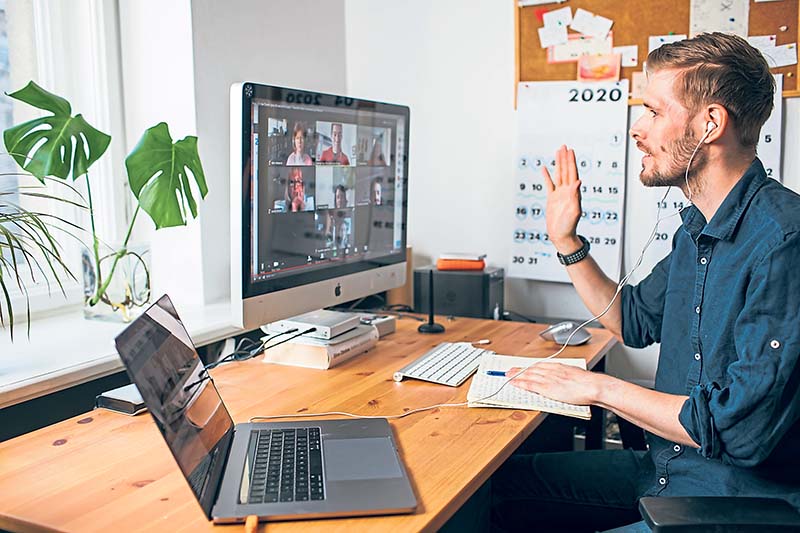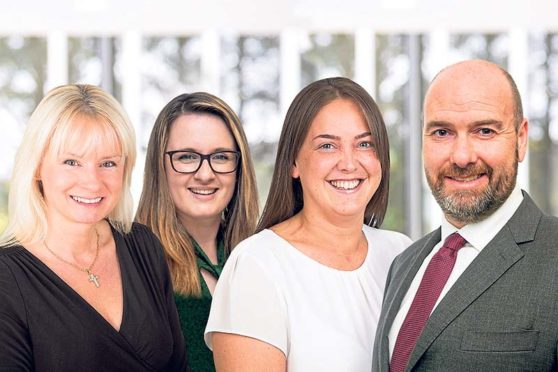Anderson Anderson & Brown chief executive Graeme Allan reflects on the changes and challenges created by Covid-19, and looks at planning for the ‘next normal’.
As a business leader or owner, you are likely to find your days now involve consuming lots of new information and reacting to it.
You will also be managing the change to work patterns or perhaps an inability to operate at all.
On top of all of this, considering what happens next will never be far away from your thoughts.
You have got to grips with your business resilience plan, you’re leading your crisis action team, you’ve reacted to the immediate challenges by reviewing and applying for new government Covid-19 support measures, and you’re spending a huge amount of your time on both internal and external communication.
If you wondered what leadership was all about before, well now you really know.
I certainly found myself in the mindset of “there’s no point in worrying about what’s over the hill until you’ve worked out how you’re getting everyone to the top”. But when does that mindset need to change?
Thanks to a very well-crafted and timely McKinsey & Company article on “getting ahead of the next stage of the coronavirus crisis”, I was able to take the thinking and overlay it on the questions I’d been pondering: how am I going to navigate us out of this?; where are we now?; how will I make sure we’re ready?; and what will our business look like in 12 months?
This takes you to a whole different space, where you need to get separation between the team you’ve used to focus on keeping the wheels turning right now and create a new “plan ahead” team that can be scaled up over time to run down the scenario planning – starting from where you were before the pandemic took hold.
At Anderson Anderson & Brown, we’ve spent the past 18 months understanding agile methodology, looking at the interaction of agile with our digital strategy and adopting it into our everyday working lives.

This meant that when the board decided to close the office just before lockdown we just moved everyone straight into the working from home environment.
Our teams were ready and committed to work in a different way, with the tools in place to help.
Roll forward a few weeks and the same is true for what we need to do with the “plan ahead” team.
Key tasks will include gathering data from a number of reliable sources, and accepting it will change or evolve as the world changes.
We need to understand and develop various strategies based on possible outcomes using the data, and recognise when a particular scenario seems to be playing out.
It will also be important to make quicker decisions based on what we’ve modelled, know what we must do and have an action plan ready to implement.
In addition, we will need to identify how to get something better out of the pain we’ve been through.
With such uncertainty today, no one knows what tomorrow will look like – but what I do know is that we all need to do everything we can to survive.
It is likely to be a long road, but through this approach and recognising the need to plan ahead we will be much better-placed for whatever the “next normal” is than we would have been otherwise.
So what’s next for you – are you going to take the next step and begin to plan ahead for the “next normal”?
